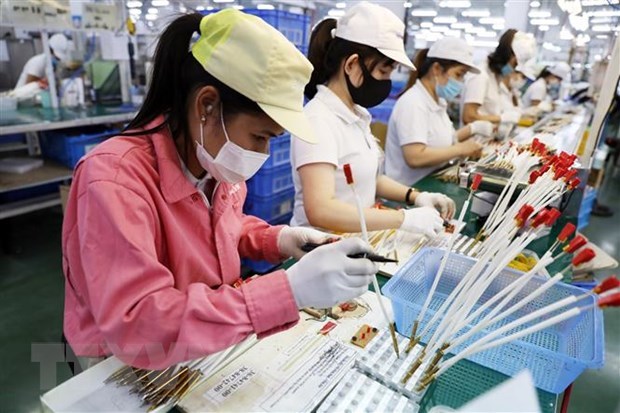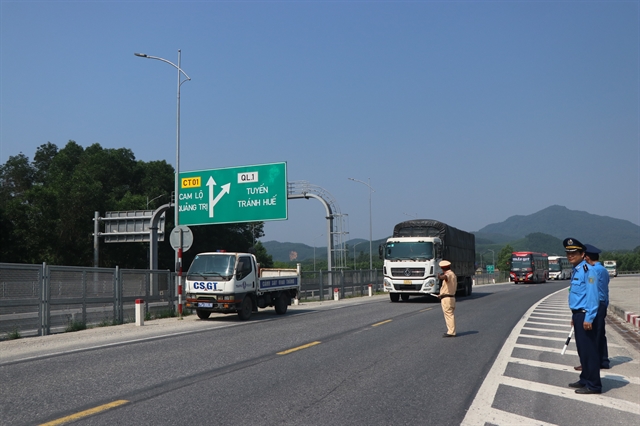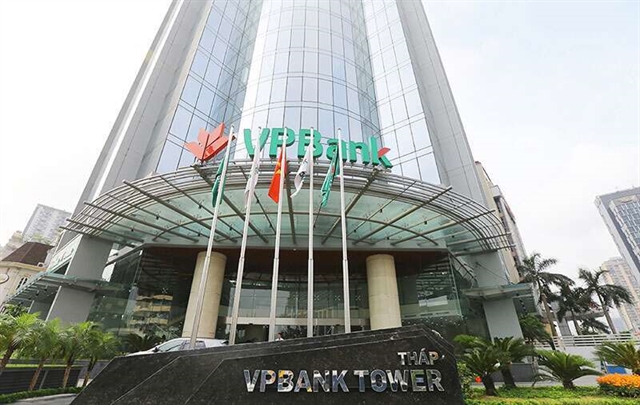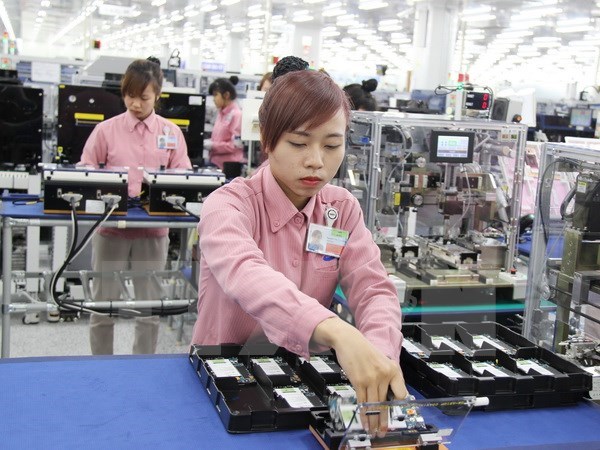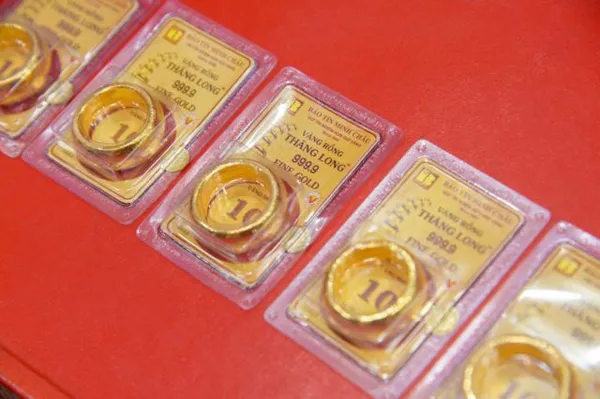 Society
Society

Despite difficulties in its implementation, Việt Nam is utterly resolute in its plan to scale up the number of facilities that provide voluntary and diversified services of treatment to 200,000 drug addicts by 2020.
HCM CITY — Despite difficulties in its implementation, Việt Nam is utterly resolute in its plan to scale up the number of facilities that provide voluntary and diversified services of treatment to 200,000 drug addicts by 2020.
“Our principle is to use many different methods of drug addiction treatment, but aiming toward voluntary treatment,” Deputy Minister of Labour, Invalids and Social Affairs Nguyễn Trọng Đàm said at conference to collect opinions for a draft of a decree on voluntary treatment for addicts held late last week.
Addicts, who are brought to establishments providing compulsory treatment, fail in voluntary community-based treatment, Đàm said.
The push to boost drug rehabilitation solutions comes amid several recent high-profile escapes by patients at compulsory rehab facilities. Last month, about 600 patients broke out of a facility in Đồng Nai Province. Government authorities said some facilities suffer from overcrowding, a lack of staff and poor conditions.
"The facility was designed for 800 addicts, but now admits more than 1,400," said Hồ Văn Lộc, deputy head of the Đồng Nai Province’s Department of Labour, Invalids and Social Affairs.
Đàm said that many provinces and cities focus on bringing addicts to compulsory facilities and when these facilities become degraded over time, "escaping is unavoidable."
He instructed them to carefully select which addicts should receive community-based treatment and which ones should go to compulsory facilities.
The government has sought to diversify treatment services and scale up voluntary treatment in community to reduce compulsory treatment, he added.
Regarding the Ministry of Labour, Invalids and Social Affair’s plan for the development of rehabilitation establishments for drug addicts from now to 2020, the number of rehabilitation facilities that provide compulsory treatment for addicts will be reduced to 71 by 2020, and will serve just 20,000 addicts from 67,000 in 2015.
The plan aims to convert the remaining 52 rehabilitation facilities which provide compulsory treatment into those which provide voluntary treatment.
Thirty private rehabilitation facilities providing voluntary treatment are expected to be built by 2020.
About 22 private establishments have been provided licences during the last 14 years. Five of them have stopped operation.
Dr Khuất Thị Hải Oanh, head of the Center for Supporting Community Development Initiatives, said that scaling up voluntary and diversified services for drug addiction treatment is a common trend in the world, especially in developed countries.
These countries do not provide compulsory treatment for addicts.
“The country should focus investment in the services at facilities and the community,” Oanh suggested.
Difficulties ahead
According to Dr Nguyễn Hữu Khánh Duy, head of Thanh Đa Rehabilitation Centre in HCM City, Vietnamese addicts don’t often volunteer for treatment.
Nguyễn Thị Hồng Phượng, head of Drug Addiction Treatment and Counselling Centre in the city’s Bình Thạnh District, said: “Many addicts are brought to the centre by their family.”
The addicts themselves don’t come voluntarily, Phượng added.
In the last year, for example, nine of 63 provinces and cities made plans for voluntary community-based treatment for addicts, but no addict registered for the services, according to the central Department of Social Evil Prevention.
“It is difficult for addicts to be treated at voluntary rehabilitation facilities because drug trading still exists,” she said, adding “they are easily seduced.”
Financial assistance for addicts to receive voluntary treatment is not as the same as those who are brought to facilities providing compulsory treatment, she said.
According to the central Department of Prevention for Social Evils, the time for addicts receive voluntary treatment is not flexible.
There is no treatment programme specifically designed for each addict.
The government should have preferential policies to encourage the private sector to set up more rehabilitation facilities.
Duy of the Thanh Đa Rehabilitation Centre said that his facility still has yet directly benefited from the preferential policies.
The ministry plans to issue new regulations on voluntary treatment to make it more effective and solve these difficulties. The draft regulations were collected opinions from relevant agencies at provinces and cities at the conference.
Lê Văn Khánh, deputy head of the central Department of Prevention for Social Evils, said that the country has seen an increase of drug addicts this year as of June, with 2,470 more compared to last year.
There were 202,604 addicts in Việt Nam as of June, Khánh said. Among drugs, cocaine addiction has had the highest increase in the number in the last several years.
The number of addicts brought to rehabilitation facilities was 14,437, an increase of nearly 10,000 compared to last year.
Of the 14,437 addicts, 4,015 do not have a stable residence.
More than 50 per cent of addicts who were brought to rehabilitation facilities use amphetamine-type stimulants (ATS). They have severe mental disorders and do not know what they are doing.
They also do actions which cause harm to their health and even suicide.
The provinces with the high proportion of addicts using ATS are Đồng Nai (82 per cent), Đà Nẵng (85 per cent) and An Giang (76 per cent).
According to the central Department of Social Evil Prevention, the voluntary services of treatment were provided to nearly 55,000 addicts at 110 public drug addiction facilities between 2000 and 2015.
Moreover, community or family-based voluntary services of drug addiction treatment have been provided to addicts since 2010.
However, these services are not provided in many provinces and cities, leading to difficulties for addicts to voluntarily receive treatment in the community. —VNS

